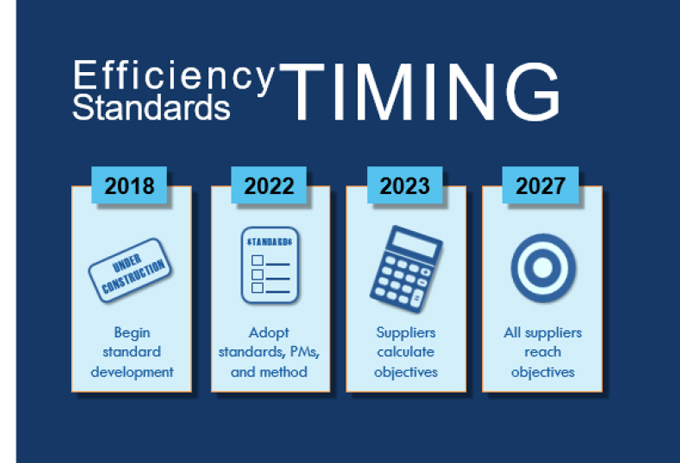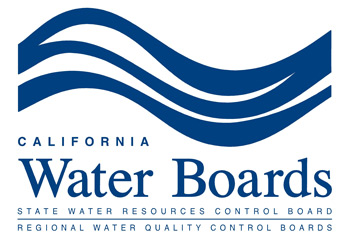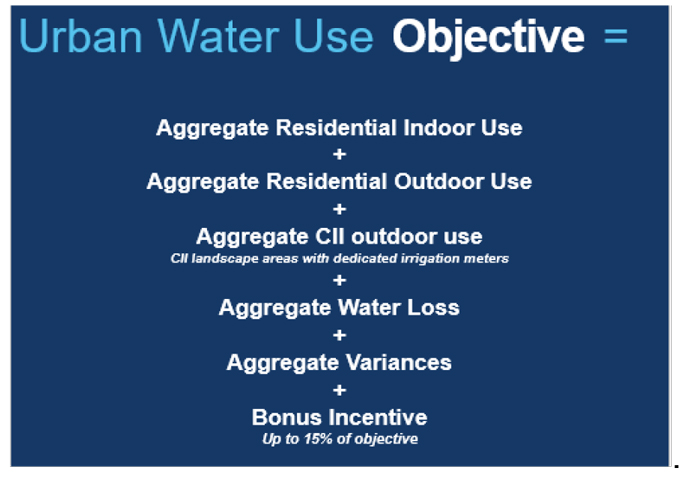
June 10, 2018 - On May 31, 2018, Governor Brown signed two bills which build on the ongoing efforts to “make water conservation a California way of life.” SB 606 (Hertzberg) and AB 1668 (Friedman) reflect the dedicated work of many water
 suppliers, environmental organizations, and members of the Legislature.
suppliers, environmental organizations, and members of the Legislature.SB 606 and AB 1668 emphasize efficiency and stretching existing water supplies in our cities and on farms. Efficient water use is the most cost-effective way to achieve long term conservation goals, as well provide the water supply reliability needed to adapt to the longer and more intense droughts climate change is causing in California.
Some have misinterpreted the immediate impact of this law. It does not impose individual mandates for homeowners or businesses. The mandates will fall on urban water suppliers – not customers.
What Are the Specific Requirements for Urban and Agricultural Water Suppliers?
• Specifically, the bills call for creation of new urban efficiency standards for indoor use, outdoor use, and water lost to leaks, as well as any appropriate variances for unique local conditions. The State Water Board will adopt these standards by regulation no later than June 30, 2022, after full and robust public and stakeholder processes.
• Each urban retail water agency will annually, beginning November 2023, calculate its own objective, based on the water needed in its service area for efficient indoor residential water use, outdoor residential water use, commercial, industrial and institutional (CII) irrigation with dedicated meters, and reasonable amounts of system water loss, along with consideration of other unique local uses (i.e., variances) and “bonus incentive,” or credit, for potable water reuse, using the standards adopted by the Board.

Urban water agencies must meet their water use objective. Those that don’t may be subject to enforcement by the Board. Starting in 2023, the State Water Board may issue informational orders to urban water suppliers that do not meet their water use objective, and may issue conservation orders beginning in 2025.
• The indoor water use standard will be 55 gallons per capita daily (GPCD) until January 2025; the standard will become stronger over time, decreasing to 50 GPCD in January 2030.
• The outdoor water use standard will be based on land cover, climate, and other factors determined by the Department of Water Resources and the State Water Resources Control Board. The State Water Resources Control Board will adopt the outdoor standard by June 2022.
• The water leaks standard will be set by the State Water Resources Control Board pursuant to prior legislation (SB 555, 2015) by July 2020.
• In addition, the Department of Water Resources and the State Water Resources Control Board will work collaboratively to define performance measures for Commercial, Institutional, and Industrial (CII) water use by October 2021. The State Water Board will adopt the CII performance measures by June 2022.
• To enhance drought planning and preparedness, urban water agencies also will be required to update urban water management plans that specify reliability of water supply, define the agency's strategy for meeting its water needs, including conducting annual “stress tests” of supply versus demand to ensure water service continuity assuming the five worst or driest years in the supplier’s historical record.
• Agricultural water users will be required to expand existing agricultural water management plans to include an annual water budget that specifies water supply versus use, and creates water efficiency objectives to improve both delivery and historical water loss.
• In addition, agricultural water users must provide specifics on how they will stretch their water supplies during long term, or multi-year droughts while meeting water allocation needs to grow crops and support livestock.
Background:
Governor Brown’s April 2017 Executive Order lifted his January 2014 drought declaration for most of the state and replaced it with a long-term plan to better prepare the state for future droughts. The order included establishing a framework for efficient water use that reflects the state’s diverse climate, landscape and population growth.
In April 2017, five state agencies (State Water Board, Department of Water Resources, Energy Commission, Public Utilities Commission, Department of Food and Agriculture) published a framework document that was used to formulate the water conservation legislation.
For more information, please visit our webpage on water conservation and efficiency statutes on the State Water Resources Conservation Portal.
Source: CA. Water Boards
Related Information: California Governor Signs Legislation Establishing Statewide Water Efficiency Goals
